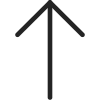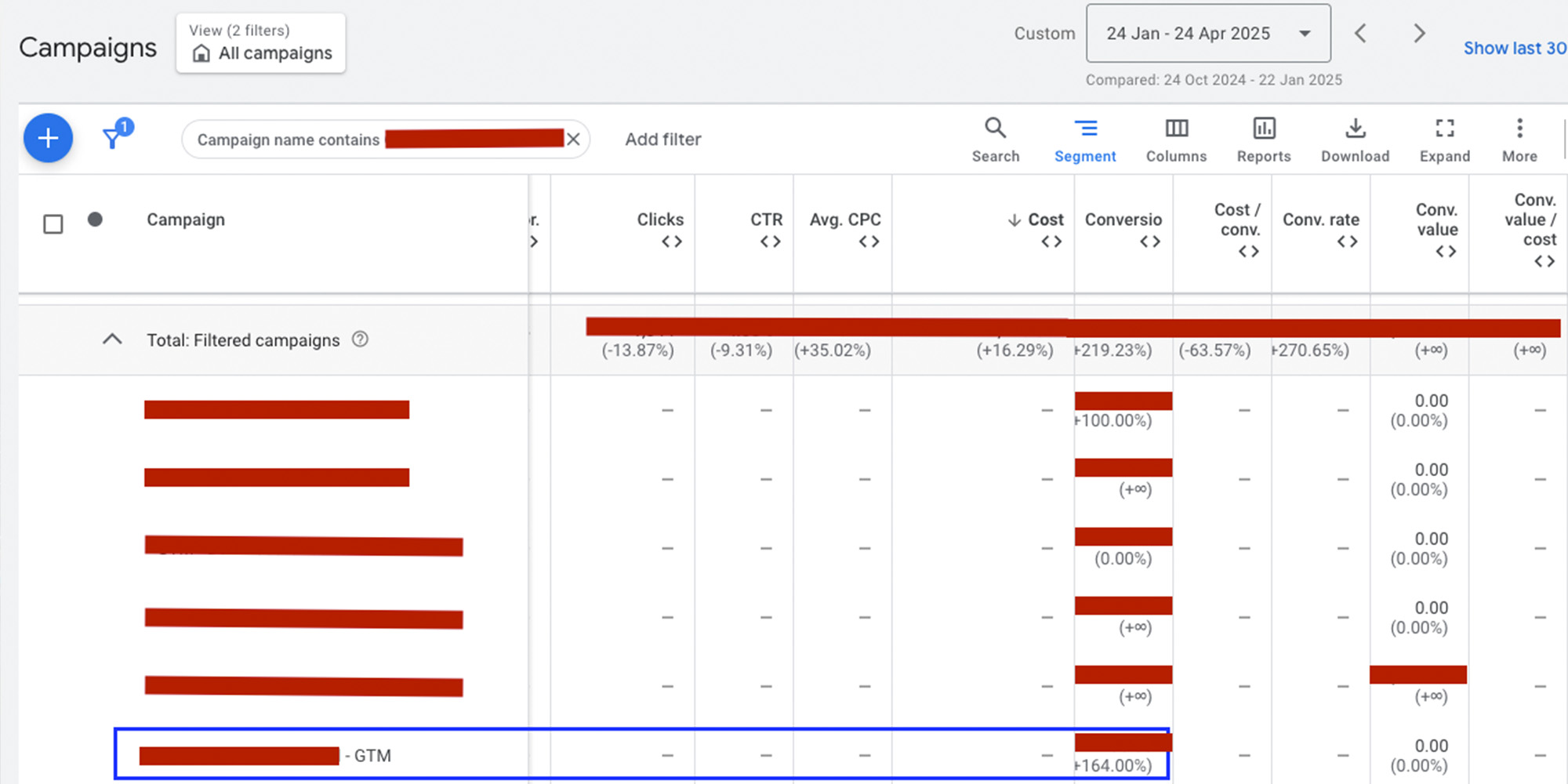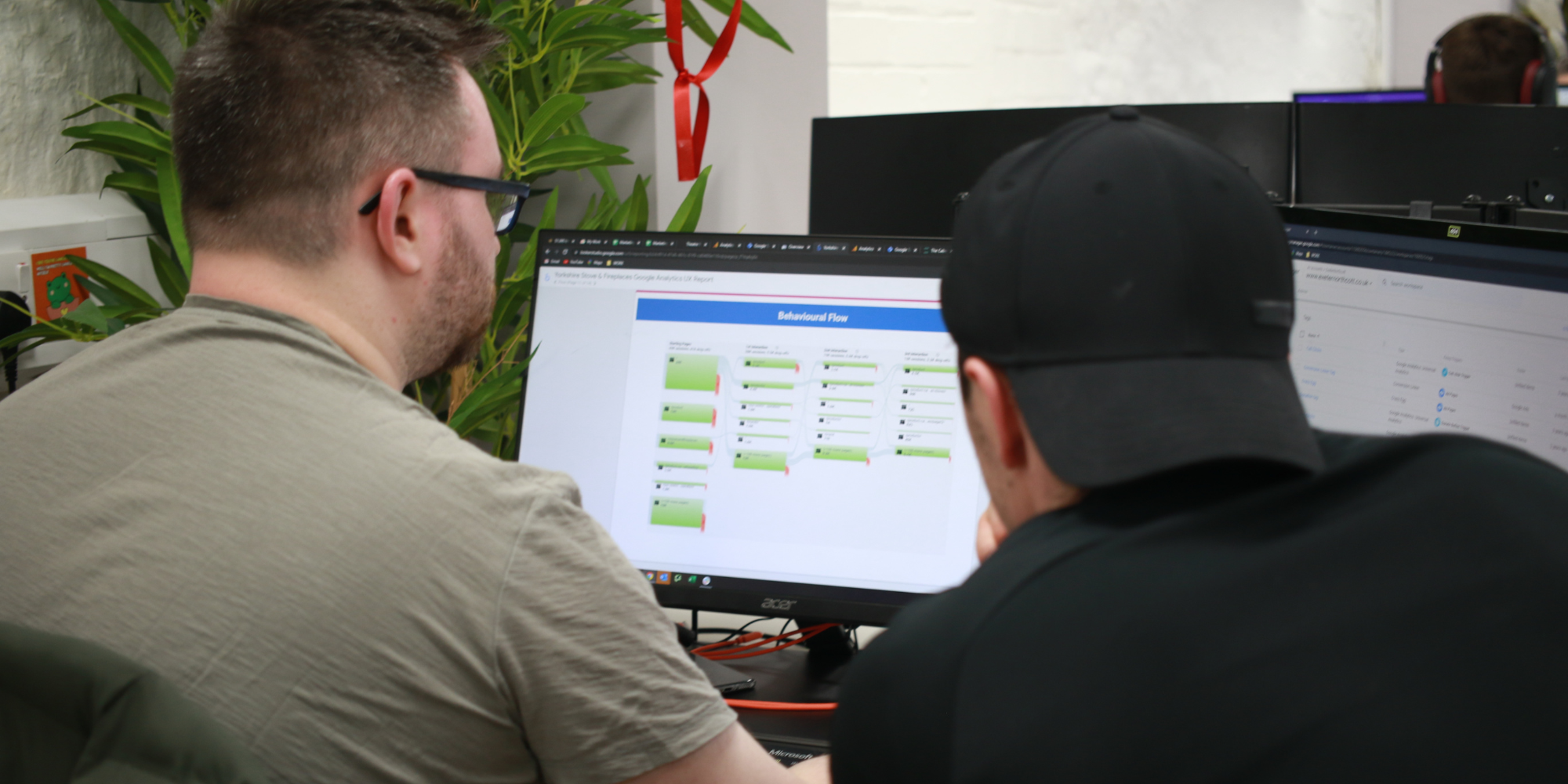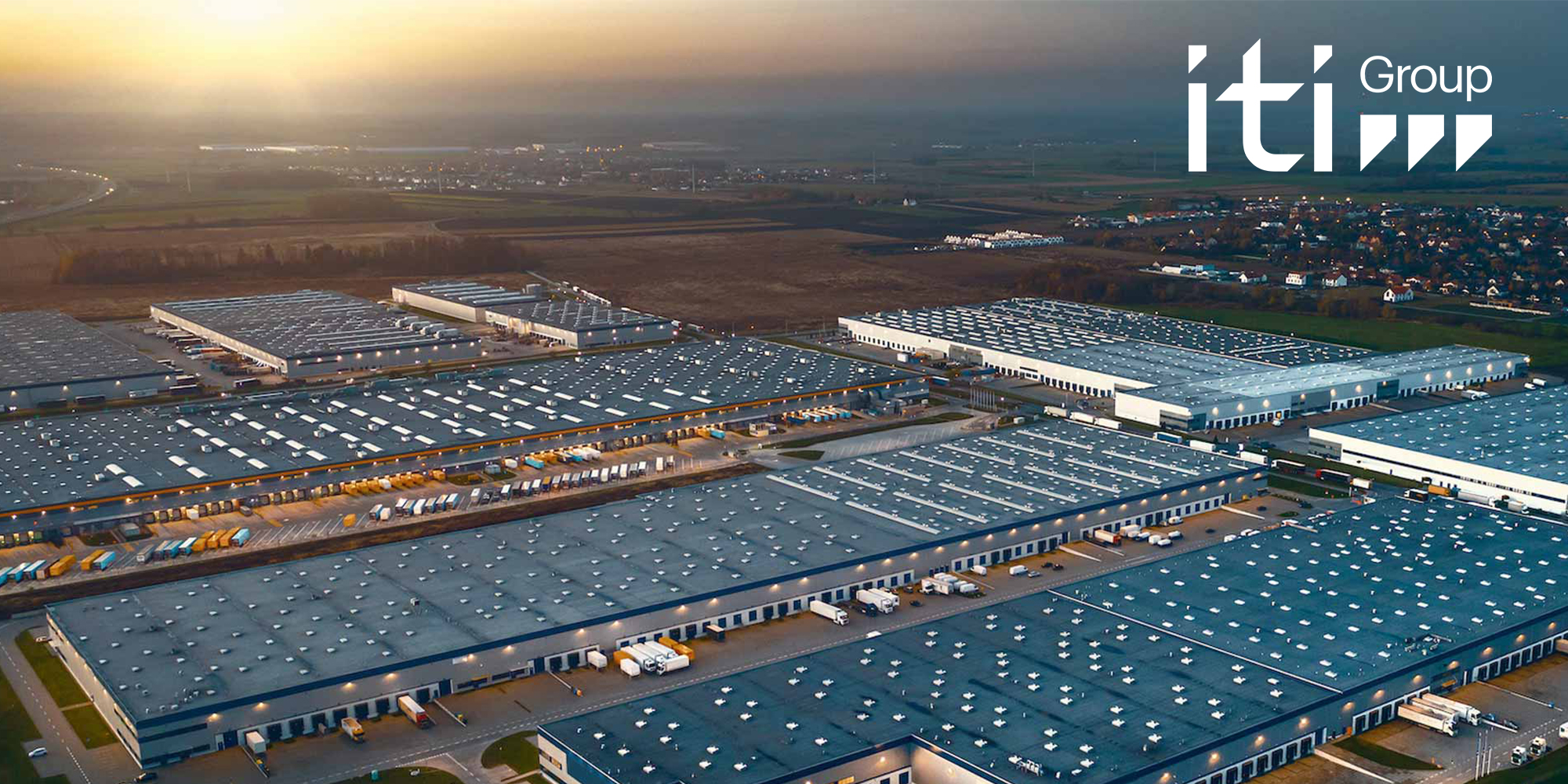The Challenge
At Splitpixel, we’ve been running ITI Group’s PPC account with their marketing team for over four years, beginning when the team were still trading as CIMLogic.
When CIMLogic joined the ITI Group and underwent a rebrand, we continued to work with them on branding, web design and development, and various digital marketing campaigns.
Due to pausing ad activity while the website was rebranded, the PPC campaigns went back into learning phases. Following the learning phases, sadly, PPC performance dropped for two key reasons:
- We saw an influx of low-quality, converting search partner traffic. With the campaigns using smart bidding, Google’s machine started to only target low-lead traffic.
- The landing pages had lower conversion rates compared to the old site, with design and content changes moving the call to action further down the page.
“We’ve worked with Splitpixel for over four years, and their support across PPC, web design, and digital marketing has been outstanding. The team consistently brings fresh ideas and proactive recommendations that help us improve our digital presence. We’re extremely happy with the service and value the strong working relationship we’ve built.”
Claire Healey – Marketing Communications Manager
ITI Group
The Solution:
After completely removing search partner traffic, we built bespoke PPC landing pages for each service page. These were more CTA (call to action) and conversion-led. This was because the original pages were more content-rich and optimised towards SEO, but also had the important calls to action below the fold.
Our A/B hypothesis was simple – how would PPC conversion rates change if we were to bring the CTAs higher up the page?
The Results:
Here were the results 90 days after swapping the URLS vs the 90 days prior:

Overall conversion rate

Increase in Core CTA conversions
Decrease in core CTA cost-per-conversion

It’s important to stress that the landing pages were one of two major changes to the account within this 180-day period (except for regularly negating poor-performing search queries and pausing high-spending keywords). The other major change was being able to switch the campaigns to smart bidding from manual bidding following the initial success of the landing page experiment.
The significant rise in form submissions also allowed us to incorporate offline conversion tracking (OCT) to the account in the next three months, whereas previously, we didn’t have sufficient data to consider this as a viable conversion tracking strategy. It has now opened the door to using a value-based bidding strategy in the coming months, to try to help the algorithm go after higher-value marketing-qualified leads.
Simply making our PPC landing pages more conversion-led did result in significant conversion increases, emphasising the importance of testing different page variants in Google Ads accounts.


Let’s work together
Contact us